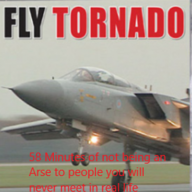-
Posts
1,287 -
Joined
-
Last visited
-
Days Won
1

mnewbery replied to Riley's topic in AUS/NZ General Discussion

mnewbery replied to Riley's topic in AUS/NZ General Discussion

mnewbery replied to damiens's topic in Student Pilot & Further Learning

mnewbery replied to damiens's topic in Student Pilot & Further Learning

mnewbery replied to old man emu's topic in AUS/NZ General Discussion

mnewbery replied to damiens's topic in Student Pilot & Further Learning

mnewbery replied to damiens's topic in Student Pilot & Further Learning

mnewbery replied to damiens's topic in Student Pilot & Further Learning

mnewbery replied to old man emu's topic in AUS/NZ General Discussion

